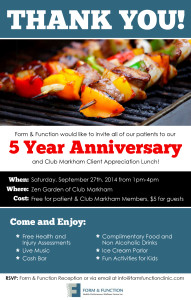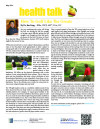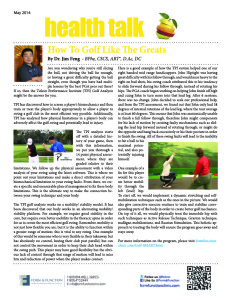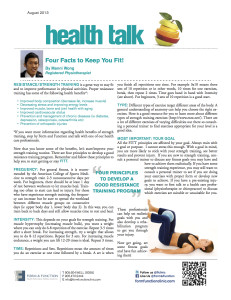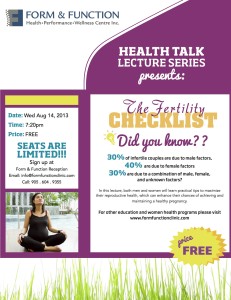I have recently seen an influx of fracture patients, mainly due to the harsh winter conditions we experienced this year. I wanted to go over some facts and tips on rehabilitation of fractures.
There are different types of fractures and almost all require significant amounts of trauma. If you sustained trauma (ie fell off step, slipped and fell, car accident, etc), you should go see your family doctor. Most doctors will assess your symptoms and send you for an X-ray if they believe you may have a fracture. X-rays are the gold standard in diagnosing fractures. Once it has been confirmed you have a simple fracture, you will be immobilized at your fracture site for typically 6 weeks. Bone healing is usually around 4-6 weeks for upper body fractures and 6-8 weeks for lower body fractures. More complex fractures may require surgery and healing can be delayed depending on the surgery. Talk to your surgeon and get a timeline if this is your case. The whole process of rehabilitation of fracture can vary but it usually last at least 6-8 weeks post immobilization.
Tip #1: Do not think immobilizing the fracture site means immobilizing the whole limb. I have seen this happen far too often. For example, if you fractured your elbow, you can still move your shoulder, wrist and hands. Keep your body moving. Immobilization is one of the worse things you can do to your body (although necessary to facilitate fracture healing). So why subject non-injured body parts to immobilization when you can maintain healthy joint movement?
Tip #2: You don’t even need to immobilize the fracture site all the time*. Every once in a while, you can move slowly and in a control manner to keep your joints healthy. An example of this is ankle fractures which used to be plaster casted always. Now, almost all ankle fractures are given a walking boot and allowed to move slightly. It’s to help counter the detrimental effects of immobilization. Let pain be your guide when moving though (no more than a 5 out of 10 on a pain scale and absolutely no sharp pain).
Tip #3: Go see a rehabilitation health care professional. Even during your immobilization, there are modalities like laser therapy that can promote fracture healing. After immobilization, you may think your movement can come back on its own and it can but often times, you will require joint mobilization to regain all your mobility back. Sometimes, no matter how hard you force your joint to move, it requires a glide or a roll that has been lost due to immobilization. Your rehab professional can help regain that. Also, a rehab professional can guide you through the rehab process which requires regaining full range of motion, proper strengthening and progressive return to activity to prevent reinjury.
Hope that gives you a general guideline on dealing with fractures. If you have any questions or you have sustained a fracture and require rehab, feel free to come in and see one of our healthcare professionals at Form and Function.
Regards,
Man Chun (Manni) Wong
Registered Physiotherapist
*Only applies to simple fractures. Some complex and displaced fractures require full immobilization. Talk to your surgeon about immobilization before moving your fracture site if this is your case.

